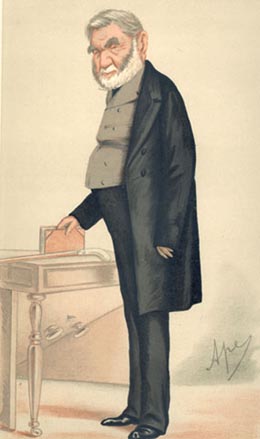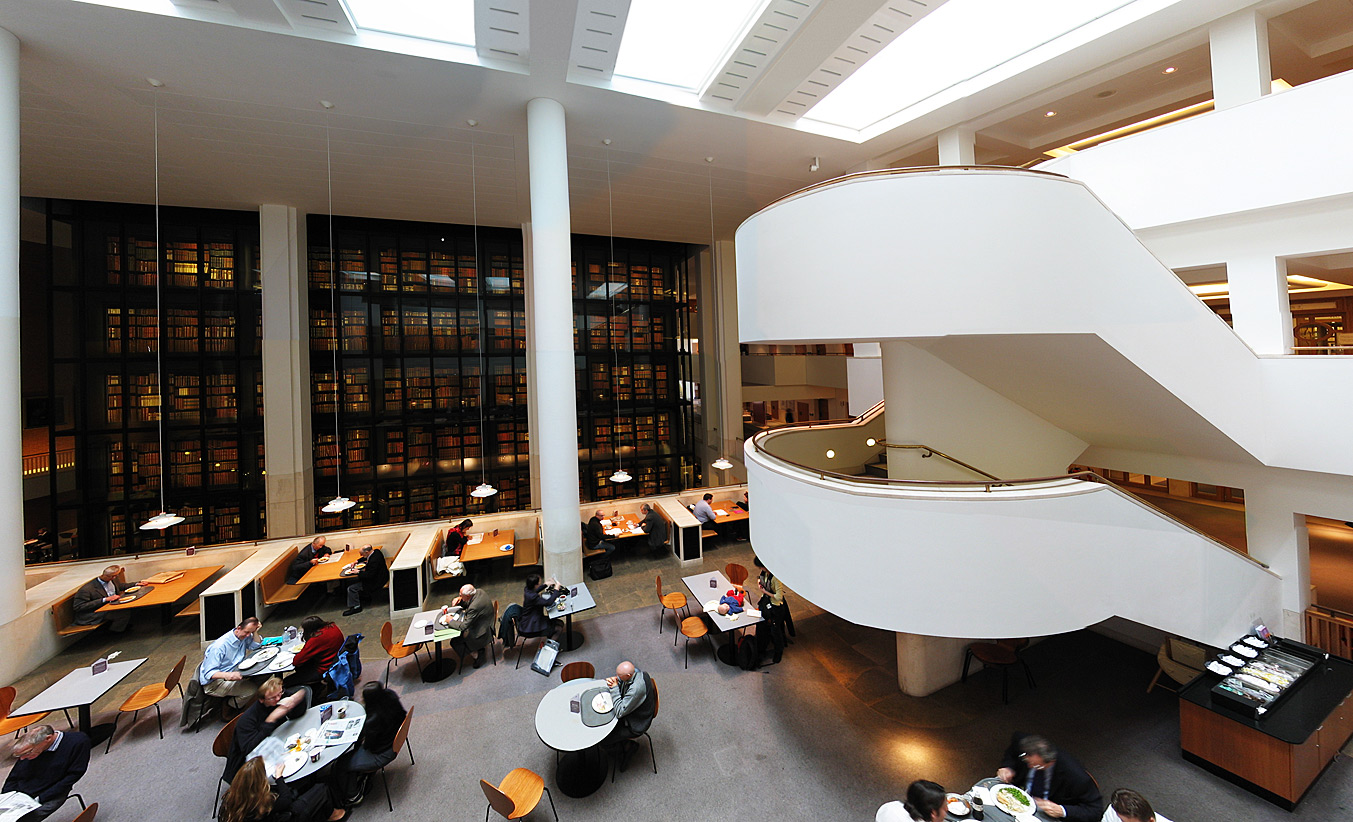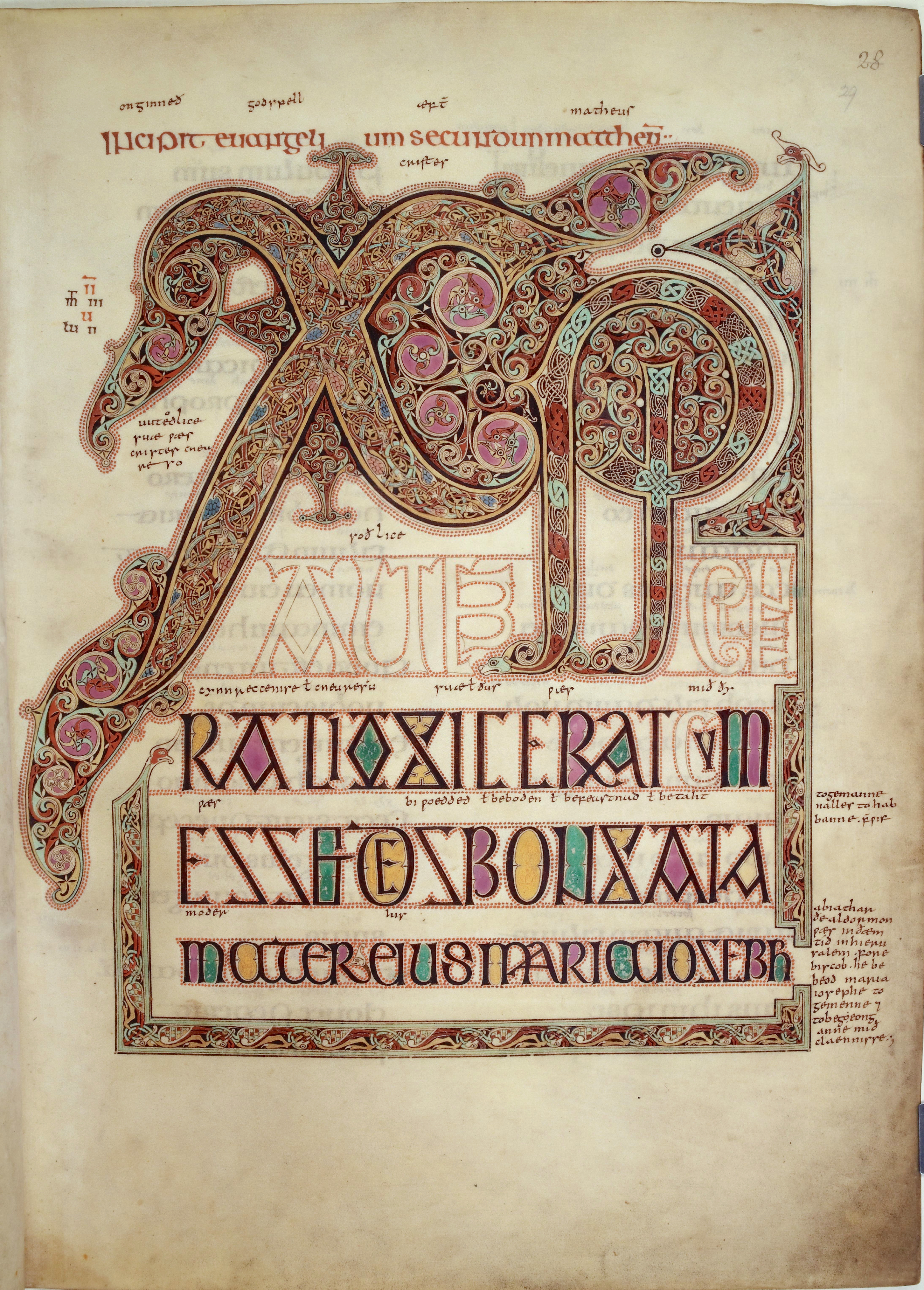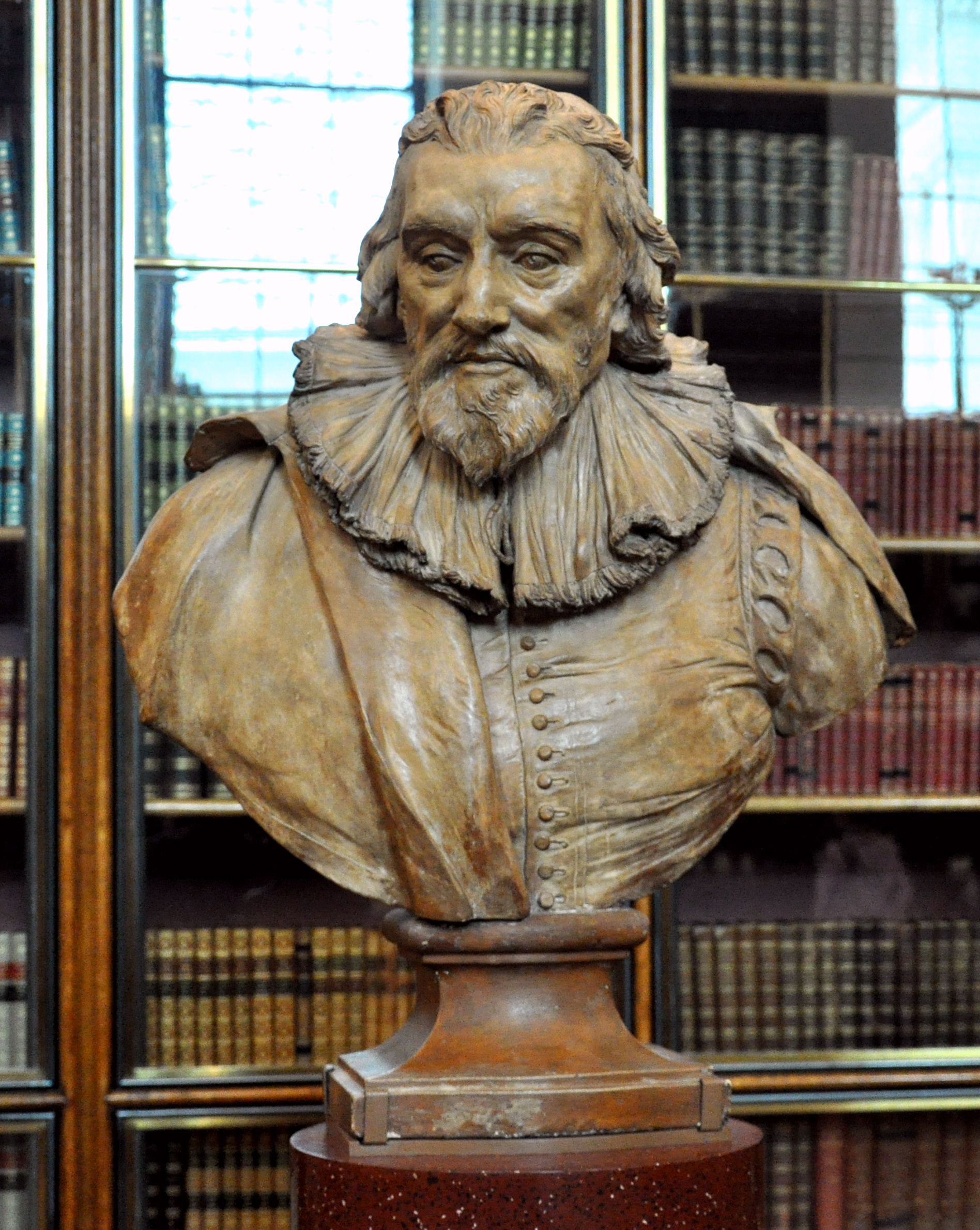|
Cataloguing
In library and information science, cataloging ( US) or cataloguing ( UK) is the process of creating metadata representing information resources, such as books, sound recordings, moving images, etc. Cataloging provides information such as author's names, titles, and subject terms that describe resources, typically through the creation of bibliographic records. The records serve as surrogates for the stored information resources. Since the 1970s these metadata are in machine-readable form and are indexed by information retrieval tools, such as bibliographic databases or search engines. While typically the cataloging process results in the production of library catalogs, it also produces other types of discovery tools for documents and collections. Bibliographic control provides the philosophical basis of cataloging, defining the rules that sufficiently describe information resources, and enable users to find and select the most appropriate resource. A cataloger is an individua ... [...More Info...] [...Related Items...] OR: [Wikipedia] [Google] [Baidu] [Amazon] |
Library Catalog
A library catalog (or library catalogue in British English) is a register of all bibliography, bibliographic items found in a library or group of libraries, such as a network of libraries at several locations. A catalog for a group of libraries is also called a union catalog. A bibliographic item can be any information entity (e.g., books, computer files, graphics, realia (library science), realia, cartographic materials, etc.) that is considered library material (e.g., a single novel in an anthology), or a group of library materials (e.g., a trilogy), or linked from the catalog (e.g., a webpage) as far as it is relevant to the catalog and to the users (patrons) of the library. The earliest library catalogs were lists, handwritten or enscribed on clay tablets and later scrolls of parchment or paper. As codex, codices (books with pages) replaced scrolls, so too did library catalogs become like handwritten ledgers and, in some cases, printed books. During the late 18th century ... [...More Info...] [...Related Items...] OR: [Wikipedia] [Google] [Baidu] [Amazon] |
Bibliographic Record
A bibliographic record is an entry in a bibliographic index (or a library catalog) which represents and describes a specific resource. A bibliographic record contains the data elements necessary to help users identify and retrieve that resource, as well as additional supporting information, presented in a formalized bibliographic format. Additional information may support particular database functions such as search, or browse (e.g., by keywords), or may provide fuller presentation of the content item (e.g., the article's abstract). Bibliographic records are usually retrievable from bibliographic indexes (e.g., contemporary bibliographic databases) by author, title, index term, or keyword. Bibliographic records can also be referred to as ''surrogate records'' or metadata. Bibliographic records can represent a wide variety of published contents, including traditional paper, digitized, or born-digital publications. The process of creation, exchange, and preservation of bibliograph ... [...More Info...] [...Related Items...] OR: [Wikipedia] [Google] [Baidu] [Amazon] |
Anthony Panizzi
Sir Antonio Genesio Maria Panizzi (16 September 1797 – 8 April 1879), better known as Anthony Panizzi, was a naturalised British citizen of Italian birth, and an Italian patriot. He was a librarian, becoming the Principal Librarian (i.e. head) of the British Museum from 1856 to 1866. Early life in Italy Panizzi was born at Brescello in the Duchy of Modena and Reggio (now the province of Reggio Emilia), Italy, on 16 September 1797. He studied at the Lyceum of Reggio, then obtained a degree in law from the University of Parma in 1818. He was appointed as Inspector of Public Schools at Brescello. It was during this time that a charge was brought against Panizzi that he was a Carbonaro, that is, a member of a secret society that opposed the political regime of that time. The evidence would suggest that the accusation was true. In October 1822, amid political upheaval in Italy, Panizzi was tipped off that he faced arrest and trial as a subversive. The risk was one faced by ma ... [...More Info...] [...Related Items...] OR: [Wikipedia] [Google] [Baidu] [Amazon] |
Handwritten Subject Card
Handwriting in Italian schools (XXth - XXIst century) Handwriting is the personal and unique style of writing with a writing instrument, such as a pen or pencil in the hand. Handwriting includes both block and cursive styles and is separate from generic and formal handwriting script/style, calligraphy or typeface. Because each person's handwriting is unique and different, it can be used to verify a document's writer. The deterioration of a person's handwriting is also a symptom or result of several different diseases. The inability to produce clear and coherent handwriting is also known as dysgraphia. Uniqueness Each person has their own unique style of handwriting, whether it be everyday handwriting or their personal signature. Cultural environment and the characteristics of the written form of the first language that one learns to write are the primary influences on the development of one's own unique handwriting style.Sargur Srihari, Chen Huang and Harish Srinivasan ... [...More Info...] [...Related Items...] OR: [Wikipedia] [Google] [Baidu] [Amazon] |
Online Public Access Catalog
The online public access catalog (OPAC), now frequently synonymous with ''library catalog'', is an online database of materials held by a library or group of libraries. Online catalogs have largely replaced the analog card catalogs previously used in libraries. History Early online Although a handful of experimental systems existed as early as the 1960s, the first large-scale online catalogs were developed at Ohio State University in 1975 and the Dallas Public Library in 1978. These and other early online catalog systems tended to closely reflect the card catalogs that they were intended to replace. Using a dedicated terminal or telnet client, users could search a handful of pre-coordinate indexes and browse the resulting display in much the same way they had previously navigated the card catalog. Throughout the 1980s, the number and sophistication of online catalogs grew. The first commercial systems appeared, and would by the end of the decade largely replace system ... [...More Info...] [...Related Items...] OR: [Wikipedia] [Google] [Baidu] [Amazon] |
Frederic Rostgaard
Frederic may refer to: Places United States * Frederic, Wisconsin, a village in Polk County * Frederic Township, Michigan, a township in Crawford County ** Frederic, Michigan, an unincorporated community Other uses * Frederic (band), a Japanese rock band * Frederic (given name), a given name (including a list of people and characters with the name) * Hurricane Frederic, a hurricane that hit the U.S. Gulf Coast in 1979 * Trent Frederic, American ice hockey player See also * Frédéric * Frederick (other) Frederick may refer to: People * Frederick (given name), the name Given name Nobility = Anhalt-Harzgerode = * Frederick, Prince of Anhalt-Harzgerode (1613–1670) = Austria = * Frederick I, Duke of Austria (Babenberg), Duke of Austria fro ... * Fredrik * Fryderyk (other) {{disambiguation, geo ... [...More Info...] [...Related Items...] OR: [Wikipedia] [Google] [Baidu] [Amazon] |
British Library
The British Library is the national library of the United Kingdom. Based in London, it is one of the largest libraries in the world, with an estimated collection of between 170 and 200 million items from multiple countries. As a legal deposit library, it receives copies of all books produced in the United Kingdom and Ireland, as well as a significant proportion of overseas titles distributed in the United Kingdom. The library operates as a non-departmental public body sponsored by the Department for Culture, Media and Sport. The British Library is a major research library, with items in many languages and in many formats, both print and digital: books, manuscripts, journals, newspapers, magazines, sound and music recordings, videos, play-scripts, patents, databases, maps, stamps, prints, drawings. The Library's collections include around 14 million books, along with substantial holdings of manuscripts and items dating as far back as 2000 BC. The library maintains a programme for ... [...More Info...] [...Related Items...] OR: [Wikipedia] [Google] [Baidu] [Amazon] |
Lindisfarne Gospels
The Lindisfarne Gospels (London, British Library Cotton MS Nero D.IV) is an illuminated manuscript gospel book probably produced around the years 715–720 in the monastery at Lindisfarne, off the coast of Northumberland, which is now in the British Library in London. The manuscript is considered one of the finest works in the unique style of Hiberno-Saxon or Insular art, combining Mediterranean, Anglo-Saxon art, Anglo-Saxon and Celtic art, Celtic elements. The Lindisfarne Gospels are presumed to be the work of a monk named Eadfrith of Lindisfarne, Eadfrith, who became Bishop of Lindisfarne in 698 and died in 721.Lindisfarne Gospels British Library. Retrieved 2008-03-21 Current scholarship indicates a date around 715, and it is believed they were produced in honour of Cuthbert of Lindisfarne, St. Cuthbert. However, som ... [...More Info...] [...Related Items...] OR: [Wikipedia] [Google] [Baidu] [Amazon] |
Sir Robert Cotton, 1st Baronet, Of Connington
Sir Robert Bruce Cotton, 1st Baronet (22 January 1570/71 – 6 May 1631) of Conington Hall in the parish of Conington, Huntingdonshire, Conington in Huntingdonshire, England,Kyle, Chris & Sgroi was a Member of Parliament and an antiquarian who founded the Cotton library. Origins Sir Robert Cotton was born on 22 January 1571 in Denton, Cambridgeshire, Denton, Huntingdonshire, the son and heir of Thomas Cotton (1544–1592) of Conington (son of Thomas Cotton of Conington, Sheriff of Cambridgeshire and Huntingdonshire in 1547) by his first wife, Elizabeth Shirley, a daughter of Francis Shirley of Staunton Harold, Leicestershire. The Cotton family originated at the manor of Cotton, Cheshire, from where they took their surname. They were prominent in Shropshire by the 16th century with centres of power at Alkington, Shropshire, Alkington and Norton in Hales where a member of the family, Rowland Cotton, gave one of the first architectural commissions to Inigo Jones. The family was cl ... [...More Info...] [...Related Items...] OR: [Wikipedia] [Google] [Baidu] [Amazon] |
Thomas Bodley
Sir Thomas Bodley (2 March 1545 – 28 January 1613) was an England, English diplomat and Scholarly method, scholar who founded the Bodleian Library in Oxford. Origins Thomas Bodley was born on 2 March 1545, in the second-to-last year of the reign of King Henry VIII of England, Henry VIII, in the city of Exeter in Devon. He was one of the seven sons of John Bodley (d. 15 Oct. 1591) of Exeter, a Protestant merchant who chose foreign exile rather than staying in England under the Catholic Church, Roman Catholic government of Queen Mary I of England, Mary (). He was thereby involved in the publication of Rowland Hill (MP), Sir Rowland Hill's Geneva Bible. John's father, also John Bodley, was a younger son of the gentry family of Bodley of Dunscombe, near Crediton in Devon. Thomas's mother was Joan Hone, a daughter and co-heiress of Robert Hone of Ottery St Mary, Devon. Thomas's younger brother was Sir Josias Bodley, knighted in Ireland by the Earl of Devon. Childhood and educatio ... [...More Info...] [...Related Items...] OR: [Wikipedia] [Google] [Baidu] [Amazon] |
Andrew Maunsell
Andrew Maunsell (died 1595) was an English bibliographer and publisher. Biography Maunsell was at the beginning of Elizabeth's reign probably a member of the Drapers' or Grocers' Company, but as early as 1578 he undertook, in addition to his other business, the publication and sale of books, although he did not join the Stationers' Company (Arber, Stationers' Reg. ii. 28). On 6 November 1578, he obtained a license to publish a work entitled, ‘The State of Swearinge and Swearers’ (ib. p. 340), and until 1595 he was busily occupied in selling or publishing books, chiefly theological (cf. ib. pp. 381, 402). In 1583 he joined with H. Denham, T. Chard, and W. Broome, in bringing out in folio a translation by Anthony Martin of Peter Martyr's ‘Commonplaces,’ and he undertook the publication of many works by Archbishop Bancroft's well-known chaplain, Thomas Rogers. He at first dwelt at the sign of the Parrot in St. Paul's Churchyard, but by 1595 had removed to Lothbury. His devic ... [...More Info...] [...Related Items...] OR: [Wikipedia] [Google] [Baidu] [Amazon] |






